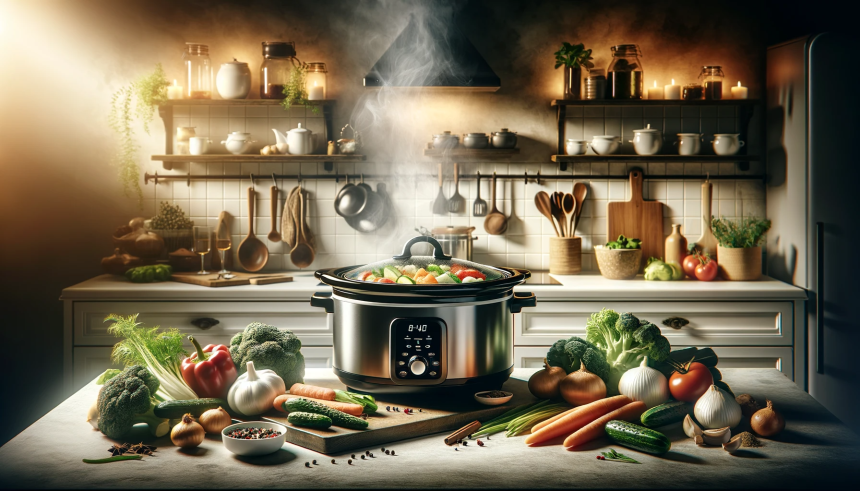Delving into the culinary arts, the realm of low-temperature cooking is gaining traction among culinary enthusiasts and health-conscious individuals alike. This method, often termed ‘slow cooking’, is not merely a technique; it’s an art form that accentuates the dish’s flavor profile and texture while simultaneously bestowing a host of health benefits. It’s about embracing a gradual and more controlled approach to heating, which in turn significantly amplifies the food’s nutritional and sensory attributes.
Demystifying Low-Temperature Cooking
Embarking on this culinary journey, one typically engages in cooking at temperatures that hover between 140°F to 180°F (60°C to 82°C), markedly lower than water’s boiling crescendo. This method is a testament to the virtues of patience and precision, allowing the food to simmer and blossom into its full potential while locking in the quintessential flavors, nutrients, and moisture.
1. Elevating Flavor and Texture to New Heights
Among the most salient advantages of this cooking style is the profound enhancement of the dish’s flavor and texture. Meats are transformed into tender, succulent delights; vegetables maintain their vibrant crunch; spices and herbs fuse in a symphony of flavors, creating a complex and nuanced culinary experience. The method’s gentle nature ensures the preservation of delicate aromas and textures, offering a sensory experience that is both refined and intense.
2. Championing Nutrient Retention
The fury of high heat can often lead to the detriment of vital nutrients present in food. Essential vitamins and minerals are particularly vulnerable, risking degradation when exposed to intense temperatures. Low-temperature cooking is the stalwart defender of these nutrients, diligently preserving the integrity of crucial vitamins, minerals, and enzymes, thereby ensuring that each meal is not only tasty but densely packed with nutrition.
3. Curtailing Harmful Compounds
The peril of high-temperature cooking methods like frying or grilling is the potential formation of noxious compounds such as acrylamide and various amines. These have been implicated in numerous health concerns, cancer being the most ominous among them. The low-temperature technique markedly diminishes the risk of these harmful substances, advocating for a safer and more health-conscious cooking routine.
4. Embracing Energy Efficiency and Convenience
The virtue of slow cooking extends beyond the culinary, touching upon practical benefits like energy efficiency and convenience. Devices like crockpots or slow cookers are paragons of this method, requiring less power and minimal supervision, a boon for those ensnared in the fast-paced rhythm of life. This method is not only a nod to resourcefulness but also an ally to those juggling the myriad demands of daily existence.
5. Ensuring Digestive Harmony
Meals prepared at lower temperatures are often kinder and more amenable to the digestive tract. The slow and gentle cooking process effectively breaks down complex proteins, fibers, and carbohydrates, rendering them more digestible and mitigating the risk of gastrointestinal distress. This is especially beneficial for individuals with digestive sensitivities or conditions, making meals not only enjoyable but also comforting.
Conclusion
Low-temperature cooking is a culinary philosophy that champions healthier, flavor-rich, and safer food preparation. It is an invitation to both seasoned chefs and culinary novices to explore a method that infuses dishes with depth and nuance while promoting a lifestyle of health and wellness. As you stand poised before your stove, ready to embark on your next culinary venture, remember that sometimes the key to unlocking the full potential of your ingredients lies not in the heat of the flame but in the gentle caress of a simmer. Embrace the slow dance of low-temperature cooking and revel in the delectable and nutritious meals that follow.








